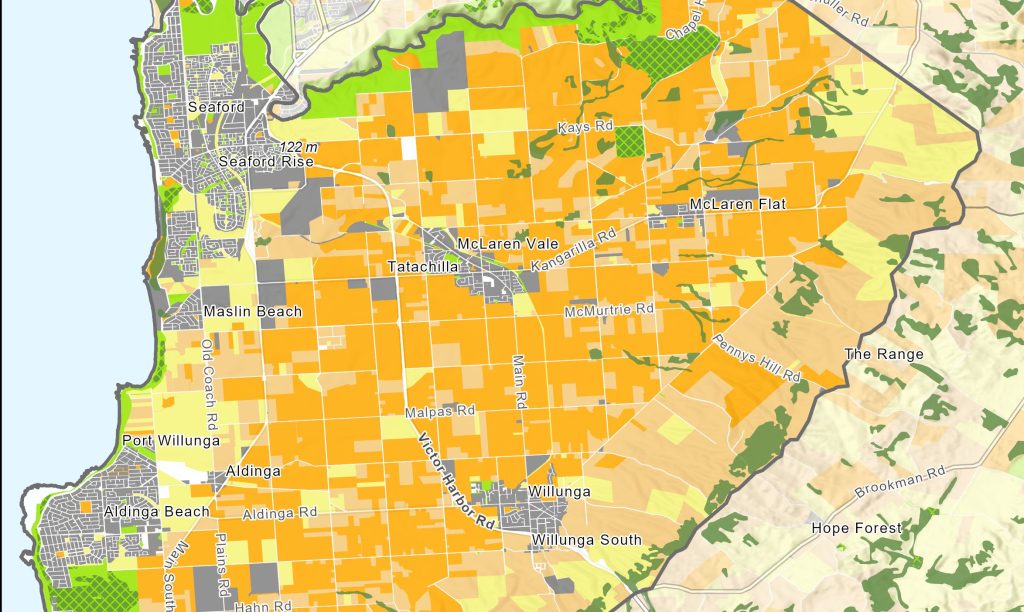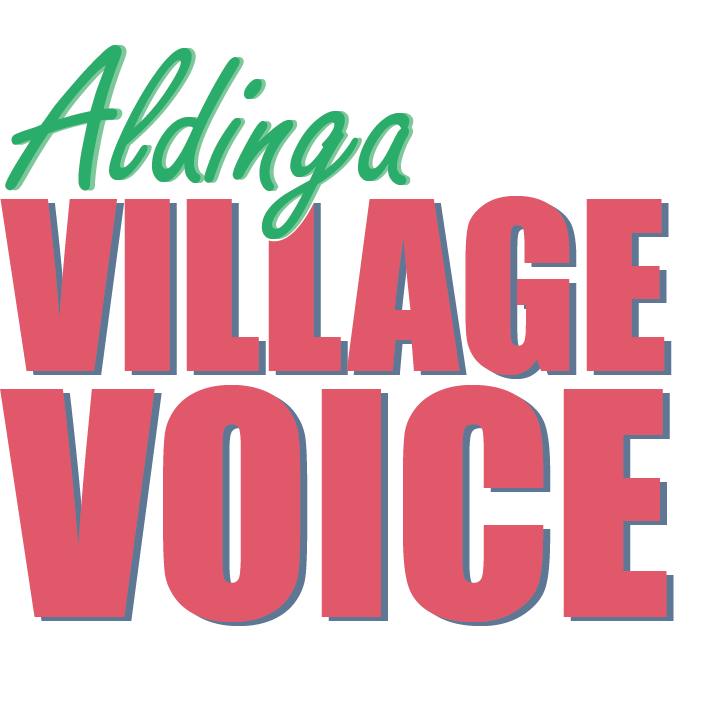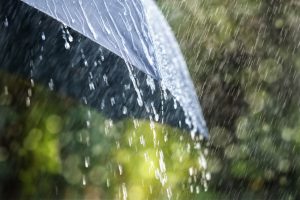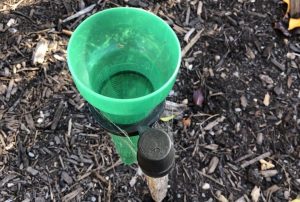
Matt Farrell examines Biodiversity, Extinction Crisis and the Extinction Debt.
Biodiversity is the amazing variety of life on Earth. It is essential for healthy and functioning ecosystems that provide us with clean air, fresh water and food. For example, over 70% of the world’s food needs some form of insect or bird pollination.
Unfortunately, biodiversity and the environment are in an ongoing state of decline across the world. The biggest reason for this decline is the clearing of over 90% of the world’s natural habitat as civilization has spread across the globe. This immense loss of resources is the driving factor for the huge declines in wildlife populations observed worldwide and locally over the last 50 years. This is described as the Extinction Crisis.
There is a direct relationship between the amount of habitat available and how much wildlife it can support. Ecologists have known for a long time that a smaller area not only has lower abundance than a large area but also fewer species. When an area experiences a huge decline in habitat, as has happened in Australia over the last 200 years, there is a corresponding but delayed response in wildlife populations. The difference between the current number of species and the future number of species that the remaining habitat can support is known as Extinction Debt.
We owe a large extinction debt. Predictions for the Mount Lofty Ranges, based on the remaining 10% habitat and woodland bird numbers, puts the local extinction debt at 40-50% of native species by the end of the century, with serious consequences for our food security, economy and society.
At this point it is important to be clear that these predictions are not caused by climate change. Climate change just makes them worse.
There is hope though.
The same calculations show that by lifting habitat to 30% in each landscape we will hopefully prevent further extinctions. This is the basis of the State and Federal Government’s goals to protect 30% of Australian terrestrial and marine environments by 2030 and programs like Green Adelaide’s “Rebirding the Ranges” initiative. We can do it, but it will take time, good planning and investment.
What does this mean for the Willunga Basin?
Agricultural production plays a large role in the economy of the Willunga Basin, and both small and large producers are reliant on ecosystem services provided by nature such as pollination and pest control. This was recognised in the creation of the Character Preservation District in 2012 to protect agriculture from urban sprawl. Unfortunately, there is currently not enough habitat to protect agricultural production from the effects of biodiversity loss in the future. A good way to understand this is to picture the Willunga Farmer’s Market in a generation’s time with no fresh fruit, veggies or even almonds because of the loss of pollinating birds and insects. With the arrival of Varroa Mite in South Australia it is even more critical that we act to rebuild local pollinator populations.
Land use data shows that the Willunga Basin has less than 10% native vegetation. Most of this is situated around the edges away from agricultural activity and the patches are fragmented and small when the need is for large, connected habitats. Additionally, much of the land is under viticulture or orchard production, vacant land available for habitat restoration is very limited. Even if we were to revegetate the 15% of land that is grazing, cropping or vacant over the next generation, we would still fall short of the 30% benchmark to reverse biodiversity declines and prevent further extinctions. This poses serious problems for our economy, food security and communities in the near future.
So, what can we do?
We have time. Ecological processes take a long time to play out. So, despite the scale of the work required, imagine planting the equivalent of ten Aldinga scrubs across Willunga Bain, and the time forests take to mature, we can rebuild the habitat of the Willunga Basin over the next 25-50 years to ensure the future of our community.
It will require investment and good planning and there are opportunities to begin right now. In Sellicks Beach there is a proposal to build a habitat corridor from Aldinga Scrub Conservation Park to the hills towards Myponga by the Sellicks Woodlands and Wetlands Action Network (SWWAN) instead of the proposed 1700 lot housing development proposed for the same land. The corridor would provide a vital two-way link for wildlife between the newly expanded conservation park and habitat on the Fleurieu Peninsula. This would have the added health benefit of protecting the current residents from the problems they are experiencing with dust from the quarry and paddocks.

The area proposed for the wavepool is another potential habitat restoration area with large environmental benefit connecting Aldinga Scrub north to the Onkaparinga River National Park. Working with and incentivising more land holders in the heart of Willunga Basin to develop small 2-5 hectare pockets of native habitat, providing stepping stones for wildlife as Lot-50 and Tatachilla High School have done, is another way we can rebuild habitat to support biodiversity.
As a community we can lobby for planning that prioritises the need for biodiversity restoration as the essential infrastructure it is. This is probably the most important thing we can do. You can have Your Say on the Sellicks Beach Development right now by going to PlanSA’s Your Say page. You can join local conservation groups like SWWAN, Friends of Aldinga Scrub, Port Willunga Bush Gardeners and Biodiversity McLaren Vale to help build larger areas of habitat and community strength. At a personal level we can plant out our gardens with wildlife friendly, endemic native plants, welcoming the birds and insects to come and pollinate your fruit and veggies.
We all have a role to play in reversing biodiversity loss and building a resilient environment for the future of our community. Get behind Nature Month, join your local groups and plant out your garden. Let’s work together for the future of the Willunga Basin.
Originally published in Coastal Views, the magazine of the Aldinga Bay Residents Association.
(1) ABRA Aldinga Bay Resident’s Assoc | Facebook





